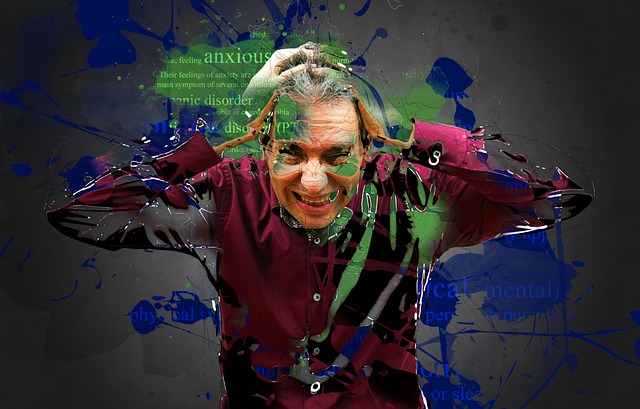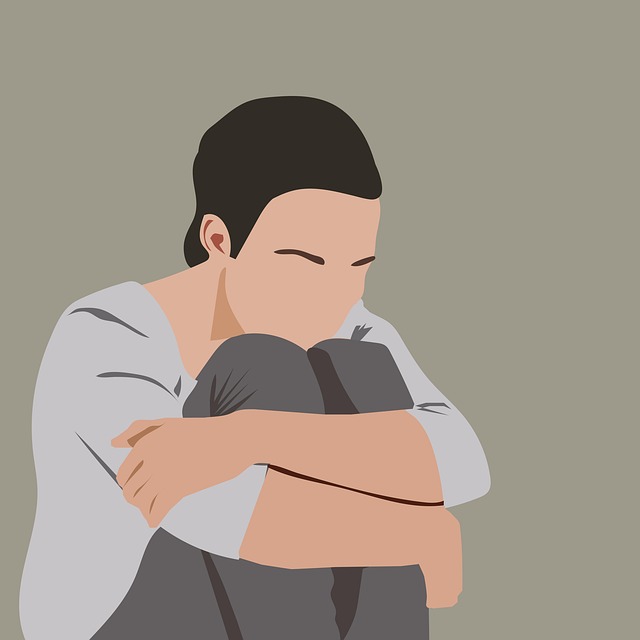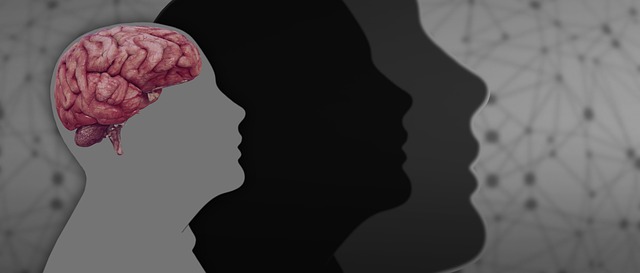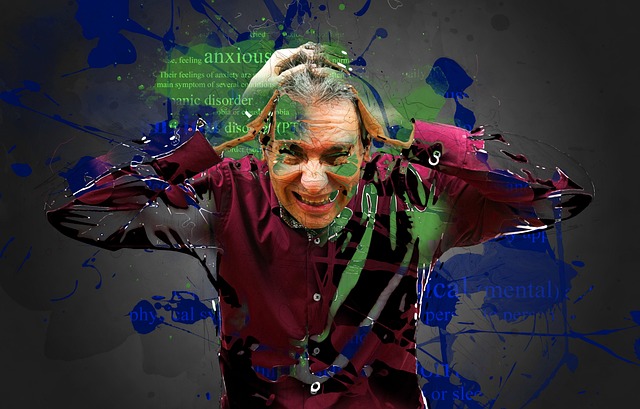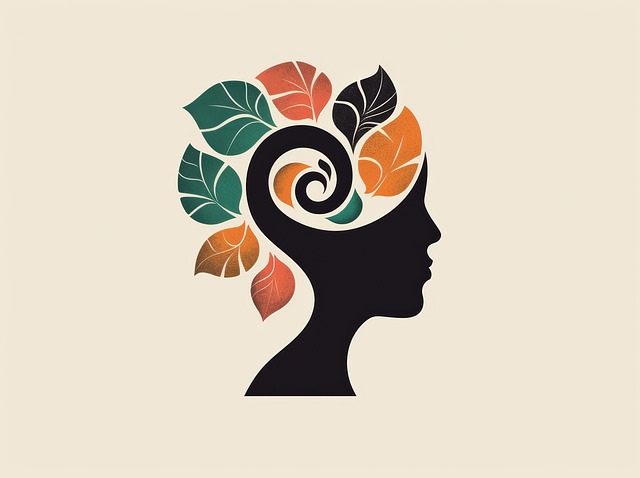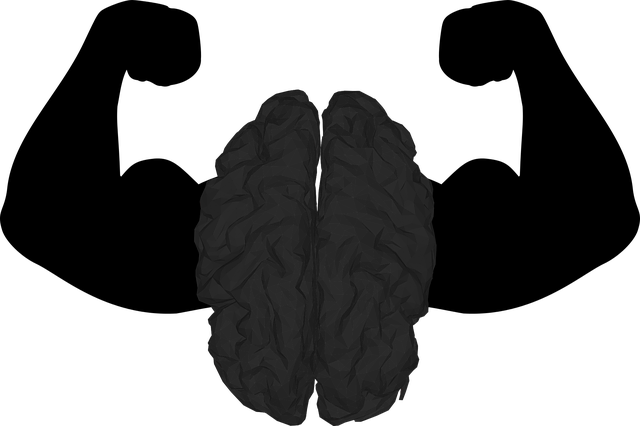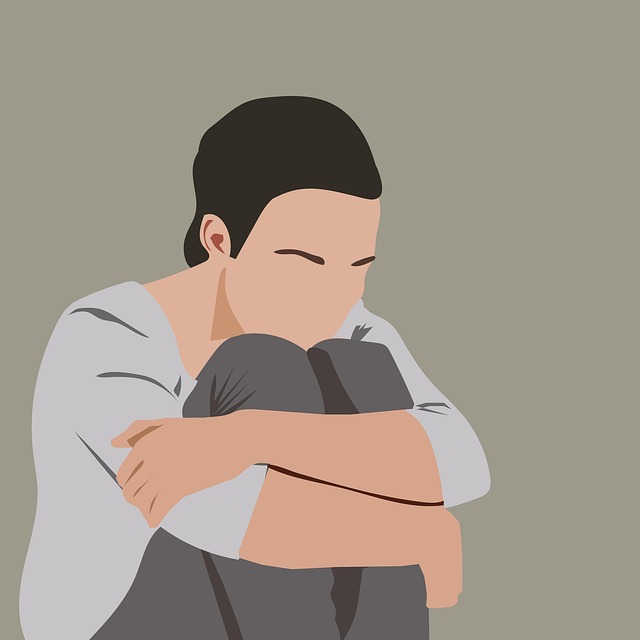Mindfulness meditation emerges as a potent therapy for adolescent sexual abuse survivors, offering tools for emotional well-being through present-moment awareness and non-judgmental acceptance. This ancient practice aids in regulating emotions, improving self-esteem, breaking traumatic memory cycles, and enhancing overall resilience. Tailored programs combining mental wellness coaching and community outreach create safe spaces for growth while addressing trauma's lasting impacts. Meditation complements traditional therapies like Social Skills Training, fostering calmness for conflict resolution skills. Establishing a safe, consistent practice space encourages coping techniques and emotional healing. Techniques such as breathing exercises, mental imagery, body scan meditation, and journaling significantly aid healing processes, with risk management planning crucial for professionals supporting these teens.
Mindfulness meditation offers powerful tools for healing and self-care, especially for adolescents who have experienced trauma or sexual abuse. This practice allows individuals to reconnect with their bodies, calm minds, and cultivate a sense of safety. In this guide, we explore the transformative potential of mindfulness in therapeutic settings, focusing on specific considerations for teenage survivors of sexual abuse. From understanding the impact of trauma to creating nurturing practices, these insights empower healing journeys.
- Understanding Mindfulness Meditation for Healing
- The Impact of Trauma and Its Effect on Teens
- Benefits of Meditation for Sexual Abuse Survivors
- Creating a Safe Space: Setting Up Your Practice
- Techniques and Tips for Effective Meditation Sessions
Understanding Mindfulness Meditation for Healing

Mindfulness meditation has emerged as a powerful tool for healing and emotional well-being, especially beneficial for adolescents who have experienced sexual abuse. This ancient practice involves focusing one’s awareness on the present moment, accepting thoughts and sensations without judgment. For survivors of trauma, it offers a unique approach to therapy, enabling them to develop emotional regulation skills and foster self-esteem improvement.
By cultivating mindfulness, teens can learn to observe their thoughts and emotions without getting swept away by them. This practice allows for better coping mechanisms, helping to break the cycle of replaying traumatic events in their minds. It encourages a sense of detachment from distressing memories, fostering a deeper connection with oneself and promoting healing. Mindfulness meditation has been shown to reduce symptoms of anxiety and depression, enhance focus and concentration, and contribute to overall resilience in young survivors navigating their journey towards recovery.
The Impact of Trauma and Its Effect on Teens

Trauma, especially sexual abuse experienced during adolescence, can have profound and lasting effects on a teen’s mental wellness. Adolescent teens who have survived such experiences may struggle with emotional regulation, flashbacks, nightmares, and difficulty forming healthy relationships. This can significantly impact their ability to thrive in various aspects of life, from academics to social interactions. The journey towards healing involves specialized therapy tailored to address these unique challenges.
Therapy for adolescent teens sexual abuse survivors is crucial in helping them process traumatic memories, develop coping strategies, and rebuild trust. Mental wellness coaching programs designed with the development of teens in mind can offer a safe space for self-discovery and growth. Community outreach program implementation focused on risk management planning for mental health professionals ensures that these specialists are equipped to handle sensitive cases effectively while maintaining ethical standards.
Benefits of Meditation for Sexual Abuse Survivors

Meditation has emerged as a powerful tool for healing and recovery among Sexual Abuse Survivor adolescents. The practice offers a safe space to process traumatic memories, helping individuals develop emotional regulation skills crucial for managing the aftermath of abuse. Regular mindfulness meditation can reduce symptoms of depression, anxiety, and post-traumatic stress disorder (PTSD), commonly experienced by survivors. It encourages self-awareness, enabling them to understand their triggers and emotions better.
For teens navigating therapy, meditation complements traditional treatments like Social Skills Training and Risk Management Planning for Mental Health Professionals. By fostering a sense of calm, it prepares survivors to engage in therapeutic conversations and learn Conflict Resolution Techniques. This dual approach enhances the effectiveness of healing processes, empowering adolescents to reclaim their emotional well-being and build resilience against potential future trauma.
Creating a Safe Space: Setting Up Your Practice

Creating a safe space is an essential step for any mindfulness meditation practice, especially for adolescents who have experienced sexual abuse. This could be a dedicated corner in their room or a quiet area in your home where they feel most comfortable. The environment should evoke feelings of calm and security, free from potential triggers. Soft lighting, soothing decor, and even plants can contribute to this tranquil atmosphere.
For teens healing from trauma, establishing a consistent practice space can serve as a sanctuary. It provides a sense of control over their surroundings, fostering a crucial component of therapy. This dedicated area encourages them to focus on the present moment, helping to develop coping skills and conflict resolution techniques in a safe and supportive setting.
Techniques and Tips for Effective Meditation Sessions

Effective meditation sessions require a combination of specific techniques and thoughtful tips to enhance focus and promote mental wellness. For adolescents who have experienced sexual abuse, mindfulness meditation can serve as a powerful therapy tool for healing. One key technique is focused breathing, where individuals consciously pay attention to their inhalation and exhalation, allowing the mind to relax and the body to release tension. This simple yet profound practice helps in managing anxiety and fostering a sense of calm.
Incorporating mental imagery exercises can also be beneficial. Visualizing peaceful scenes or positive memories enables the mind to escape from distressing thoughts and creates an environment conducive to emotional healing. Additionally, for sexual abuse survivors, practicing body scan meditation is crucial. This involves slowly bringing awareness to different parts of the body, helping individuals identify and release any physical sensations linked to traumatic experiences. Combining these techniques with regular mental wellness journaling exercises can boost confidence, promote self-reflection, and facilitate personal growth. Risk management planning for mental health professionals is essential in creating a supportive environment for adolescents engaging in such practices.
Mindfulness meditation offers powerful tools for healing, especially for adolescents experiencing trauma or recovering from sexual abuse. By creating a safe space through structured practice, survivors can gain agency over their mental and emotional well-being. The techniques and tips outlined in this guide empower individuals to navigate their healing journey with resilience, fostering a deeper sense of self and tranquility. For those facing the challenges of trauma, meditation can be a transformative game changer, leading to improved mental health and a brighter future.

